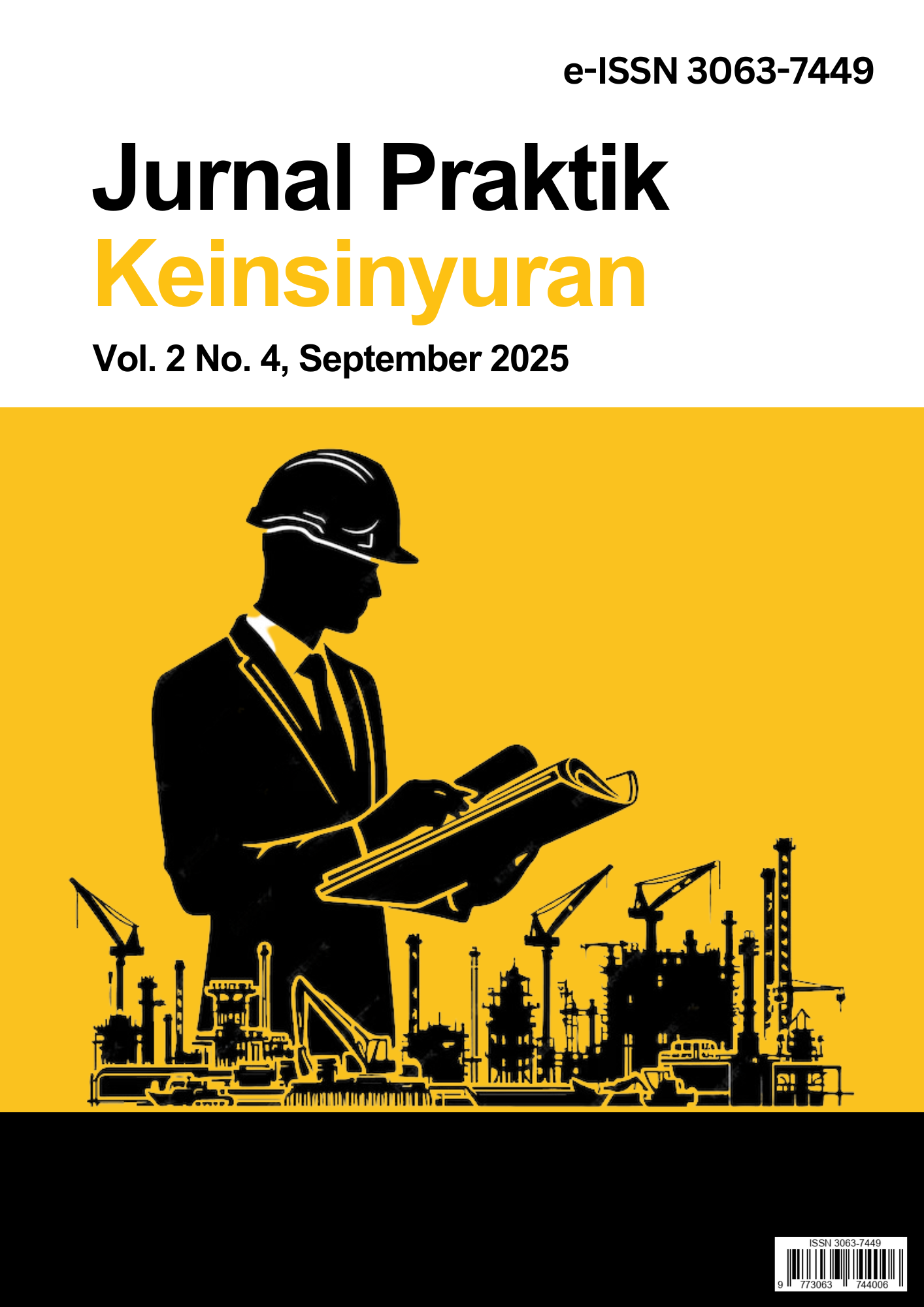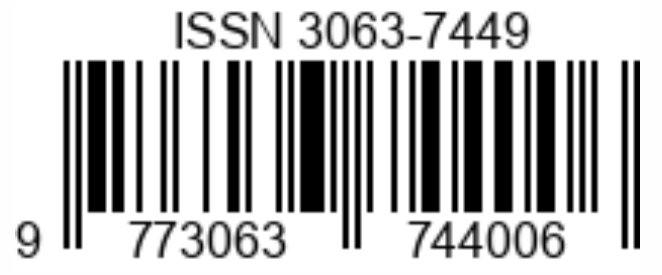Kegagalan Beton Akibat Campuran Air Berlebih
DOI:
https://doi.org/10.25170/jpk.v2i04.6900Keywords:
Concrete crakcs, Excess water, Compressive strength, UPV, Core testAbstract
The study examines structural cracks in a multi-story concrete building caused by excessive water in the mix. Using visual inspection., UPV testing, and core drilling, it was found that high water-to-cement ratios reduced concrete strengh, with actual values failing to meet design targets (fc’ 30 and 35 MPa). The issue was worsened by addtional on-site water added during casting. The results higlight the need for strict control over concrete mix design.
References
American Concrete Institue (ACI). (2007). Causes, Evaluation, and Repair of Cracks in Concrete Structures.
American Standard Testing and Material (ASTM) C42/C42M-20. (2020). Standard Test Method for Obtaining and Testing Drilled Cores and Sawed Beams of Concrete. (Tidak ada dalam Sitasi)
American Standard Testing and Material (ASTM) C597-16 (2016). Standard Test Method for Pulse Velocity Through Concrete.
Standar Nasional Indonesia (SNI). (2012). Tata Cara Pemilihan Campuran untuk Beton Normal, Beton Berat dan Beton Massa, Jakarta
LAPI ITB. (2025). Laporan Akhir Survei Lapangan dan Analisis Struktur Parsial Gedung Sekolah, Bandung.




